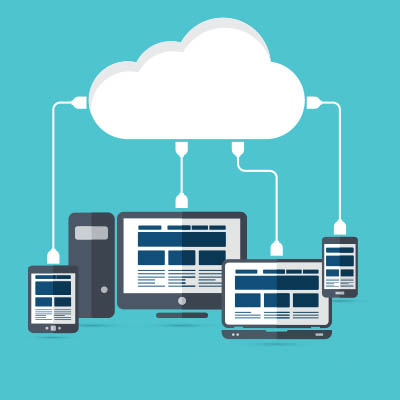Having tools that help enhance your ability to support your customers is rarer than you may expect. One of the best tools a lot of businesses employ is Customer Relationship Management (CRM). The CRM system can transform how a business operates, but to make the most of it, you’ll need to employ some strategies.
Productivity is what fuels your personal or professional goals, and it’s easy to tie it into your self-worth if you’re not careful. It’s hard to be productive all the time, though. Today, we want to give you some actionable tips on how you can keep your productivity levels reasonably high.
Sometimes, one of the most effective ways to be productive is to step back for a moment. Consider how long a chess grandmaster will sit and stare at the board, planning the moves and maneuvers for the next seven turns. So, to boost your productivity, approach your tasks like a chess grandmaster. Let’s discuss how to go about doing so.
Collaboration is super important for all kinds of businesses today, especially because so much work is done online. With so many people working from home, it’s clear that businesses need a safe way to work together successfully.
Subscriptions are nothing new in the business world, but they can be tough to track and, more importantly, cancel. Now, a new ruling from the Federal Trade Commission makes it easier than ever to cancel a subscription. Today, we want to discuss how this impacts you, your business, and your users.
With the many issues that arise day by day, it’s no small feat to stay productive. Still, a team must be able to manage its various tasks and projects in an efficient way, and it can make all the difference in efficiently completing these tasks. Today, we want to examine why productivity is important and how you can keep it high for your team.
Business cybersecurity is increasingly important for every organization in operation today, to the point where it could very well be the difference between your business’ survival or failure. While extensive things must be accomplished to ensure your overall business continuity, you have to start somewhere. Let’s review some of the most essential things you can—and need to—do to keep your business secure.
Relationships in business are just like relationships elsewhere in life: messy and sometimes chaotic, but generally good to foster. This goes for relationships with customers, vendors, and even your employees. Today, we want to look at how you can build better and stronger relationships for your business.
Cloud computing, particularly Software-as-a-Service (SaaS), has become an essential tool for businesses of all sizes. Hosted software offers numerous benefits like anytime-anywhere access, scalability, and hassle-free management of hardware by the provider. In today’s post, we’ll share a few practical tips for working with cloud computing more effectively.
We live in a world where technology is central to everyday life, yet unfortunately it does not last forever. Eventually, your smartphone, laptop, smartwatch, or other device will reach its end of life, or EOL. This is when the manufacturer stops supplying critical updates—including security.









